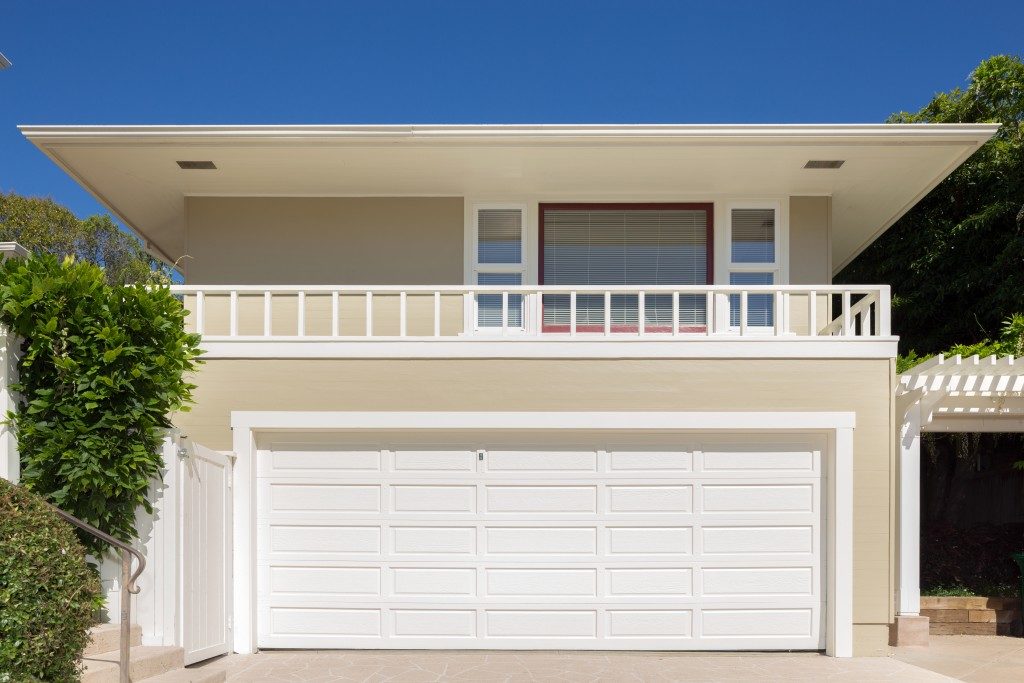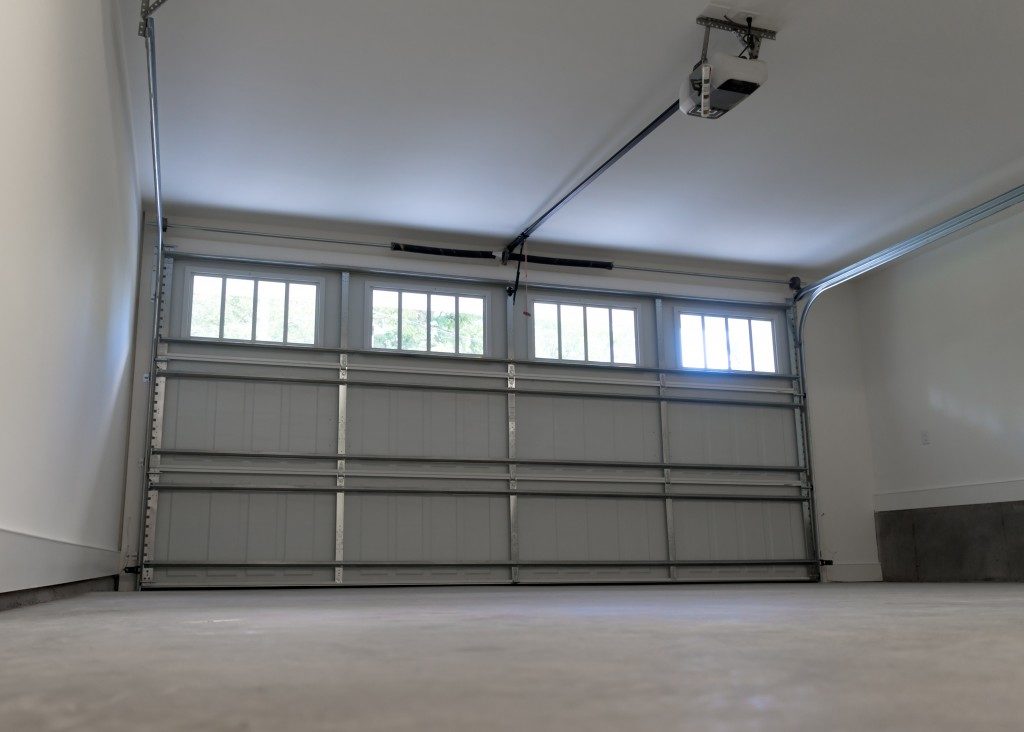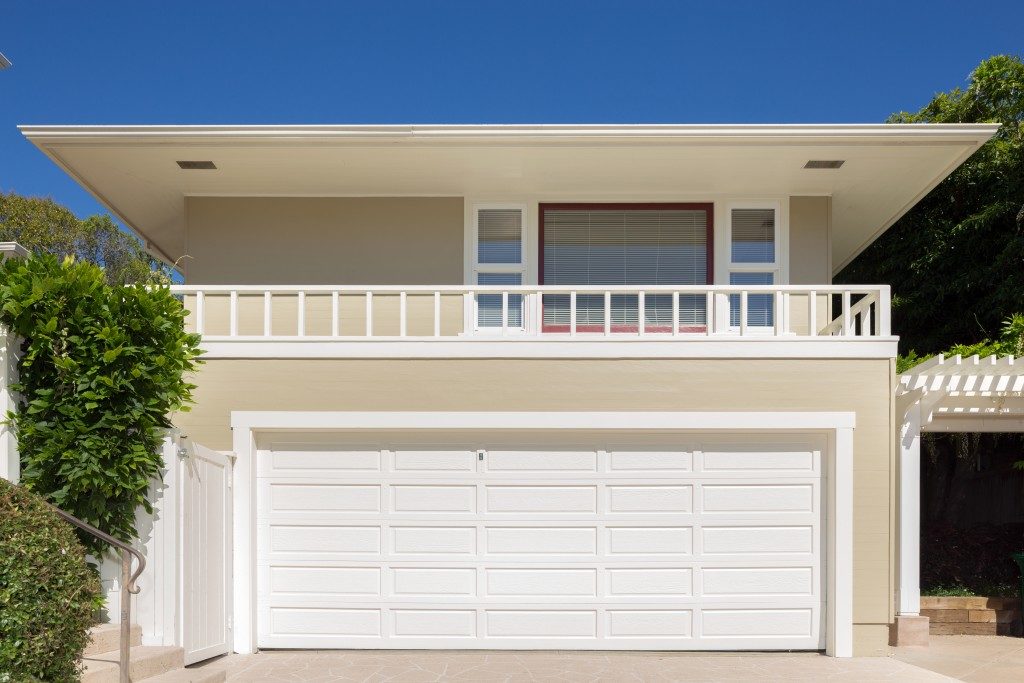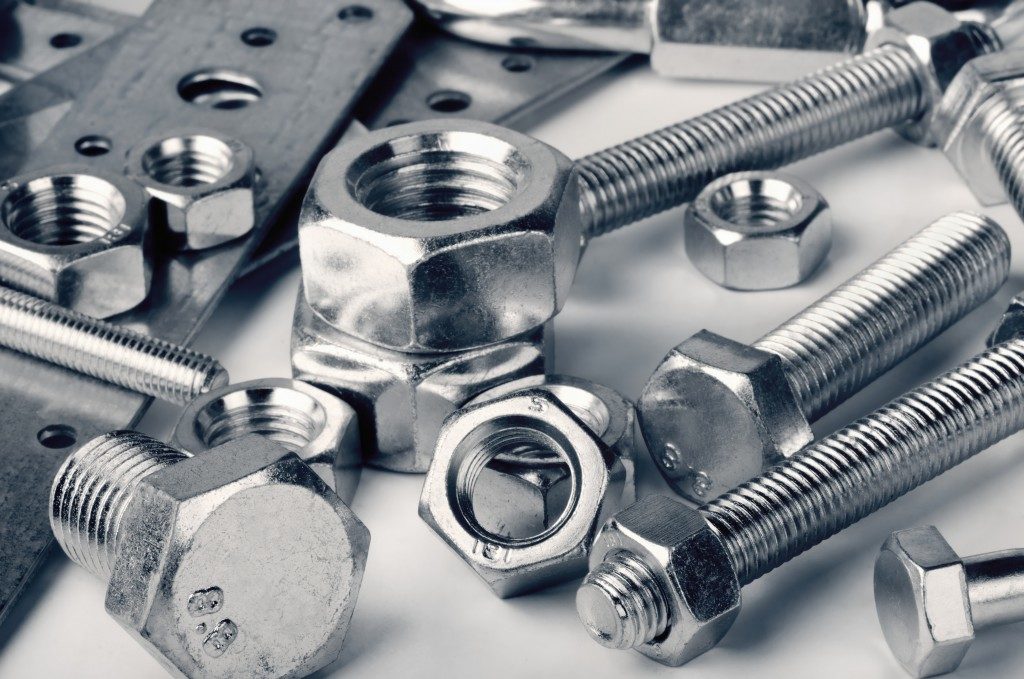
If you have noticed rodent droppings, water and dirt inside your garage, then the problem can be traced to your garage’s door seal. The door is meant to keep out rodents, wind, unwanted intruders, water and dirt.
This is however not always possible since your door might not wholly touch the garage floor or walls. As such, a seal is added along its length to boost your garage’s protection. The seal also protects the garage door’s material from premature breakdown secondary to harsh weather elements.
There are different material options for garage door seals in St George. Rubber and vinyl are however the leading options. These flexible materials will compress when you close the door and seal the gap between it and the floor or walls.
The seal deteriorates over time and, its periodic maintenance and repair are essential. The following are the available types of seals used for garage doors.
Bottom Seals
These are the most effective seals for protecting your garage. The seal is attached at one point for doors with single channel retainers and two points for doors with double channel retainers. The four categories of bottom seals include bulb, J-type, T-type and beaded seals.
The J-type seal forms two J’s on either side of the door when you close it while the T-type forms an inverted T. Bulb seals have long round tubes and narrow tops and allow pushing of the seal upwards and spread the seal out on rough cement floors.
Beaded seals, unlike other bottom seals, are explicitly used in doors with double channel retainers and prevent the running of water under them.
Threshold Seal
This is considered the gold standard for water protection. A threshold seal attaches to a concrete floor rather than the door and is usually used with a bottom seal to elevate the garage’s entrance.
The seal is often used in properties where the driveway slopes towards the garage. It comes in several strengths and sizes and can withstand the weight of different cars.
Brush Seal
This is a brush-like device attached to your garage door’s bottom or sides. It is typically used in high friction places and doors that flex or bend.
Brush seals are very efficient at keeping out debris from your garage but not as effective as other seals in preventing water infiltration. The seals are commonly used in commercial properties owing to their extreme durability.
Reverse Angle Mount Seal

This is generally used as an alternative to a brush seal for sealing the sides of your garage door. A reverse angle mount seal comprises a hard plastic rubber that fits snugly around your doors’ sides. It is generally used on heavy garage doors, which screws cannot pierce like those in commercial properties.
A well-maintained and installed seal will not only protect your garage door and garage from damage but will minimize the frequency of repairs.
Although they all work the same way, the ideal seal from the options above for your door largely depends on your garage door type and its kind of channel retainer. Its maintenance and installation should be professionally handled to avert deadly accidents.


